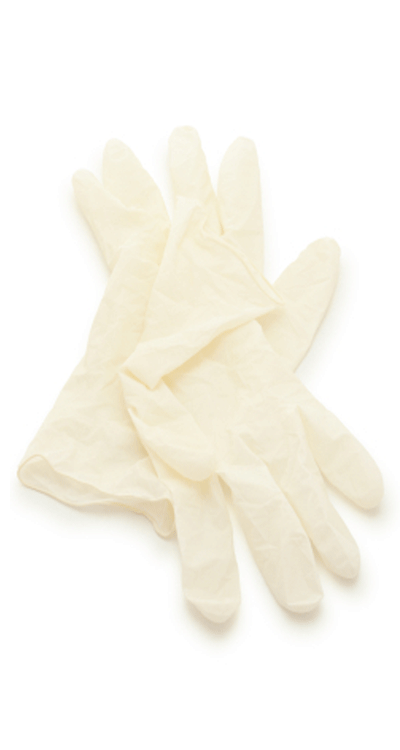
There are various surgical procedures that may be carried out by your dermatologist. Sometimes we need to take away a small sample of skin (a biopsy) to help establish a diagnosis. This can be done in several ways:
A PUNCH BIOPSY This is one of the most common and procedures used to help establish a diagnosis. A circular core blade is placed on the skin ranging in diameter from 3 to 8mm. This removes a small piece of skin that is taken away for analysis. Sometimes a very small skin lesion can be completely removed with this technique.
A SHAVE BIOPSY This can be used in two ways. Sometimes a very superficial shave of a lesion is used to make a diagnosis. More commonly this is a technique that is used to remove the the raised part of a lesion . This is an excellent way to remove benign facial moles with minimal scarring. A scalpel or a special round blade ( dermablade) is used to shave the base of a raised skin lesion parallel to the skin. This removes the lesion with the least scarring. The area will usually crust for a few days afterwards. If washed gently the crust will eventually lift leaving normal if mildly pink skin.
CURETTAGE AND CAUTERY This is a special technique that scrapes away the abnormal or unwanted area of skin. It is a very good procedure for scraping away skin cancer cells to delineate the extent of the malignant lesion before excising. Curettage ( scraping) and Cautery ( burning) abnormal skin cells can be used to treat pre-malignant and very superficial malignant skin conditions. After treatment most patients also have a very good cosmetic result also.
EXCISIONAL SURGERY This is the most commonly used procedure for removing skin cancer lesions. The dermatologist will explain to you the procedure and advise of intended benefits and any risks of the surgery. The area is cleaned and then injected with a local anaesthetic. This should completely numb the area so one should feel any pain during the subsequent excision. The skin lesion is removed often with a suitable margin to reduce the risk of incomplete excision and recurrence. The area is often cauterised to stop bleeding and then sutured. Deep sutures may be inserted to give the wound closure strength and reduce tension in the overlying skin sutures. These deep sutures will dissolve in time. The skin sutures are then applied and often an overlying dressing that might include small strips of plaster (steristrips) I usually recommend that this plaster is left in-situ until the sutures are removed. Even after the sutures are removed the surgical wound takes on average 28 days to return to full strength. I recommend therefore no strenuous exercise for that period particularly for lesions in areas that will easily stretch eg the back. Applying micropore tape to the wound can also help to give it support.
